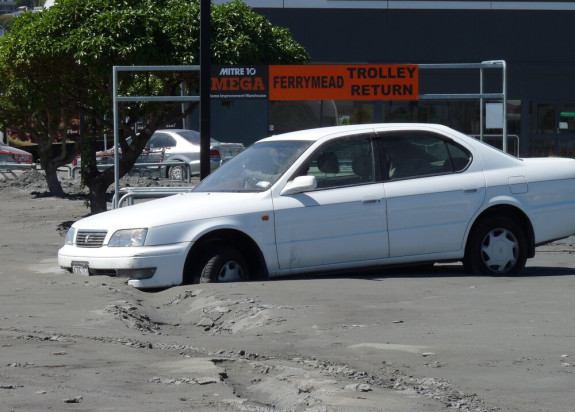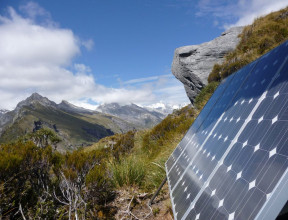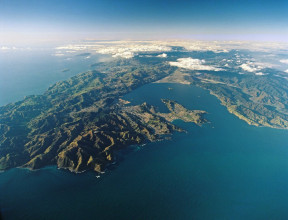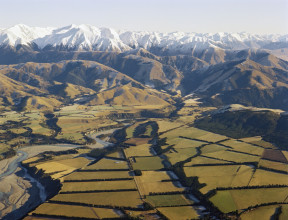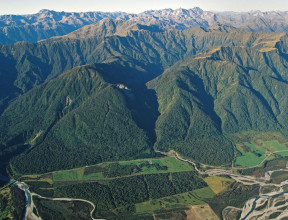
Earthquake hazards

The types of hazards caused by earthquakes depend on the strength of ground shaking and how the earthquake deforms the earth around it.
The properties of the rock and sediment that the earthquake waves travel through also determine what hazards may occur. A large earthquake will always be followed by a sequence of aftershocks, which may cause additional hazards.
Ground Shaking
If an earthquake generates a large enough shaking intensity, built infrastructure, like buildings and dams, and lifelines, such as power and water networks, can be severely damaged. In large earthquakes, whole districts can be devastated by the multiple consequences of ground shaking.
Ground shaking will vary over an area due to the ground conditions (i.e. soil type and depth, strength and structure of rock) in a given location, as well as the location and orientation of the earthquake fault rupture. These all affect the way the seismic waves travel through the ground.
M7.8 Kaikoura Earthquake computer simulation
Tsunami
Tsunami are long-period ocean waves generated by the sudden displacement of seawater by a shallow earthquake, volcanic eruption or underwater landslide. A number of waves may be produced by how the ground is displaced in an earthquake, and they can travel long distances at high speeds. New Zealand is susceptible to tsunami originating from distant sources around the Pacific, as well as from very close to our coastline.
Tsunami may also be generated in enclosed water bodies such as lakes. In New Zealand, there are many large lakes that could be affected, for example Lakes Wakatipu and Wānaka, which are near the Alpine Fault.
Landslides and Rockfalls
Ground shaking due to earthquakes destabilises cliffs and steep slopes, causing landslides and rockfalls, which can can occur in both remote and urban areas, can impact infrastructure and can even dam rivers, which could cause future floods downstream.
Land Deformation and Movement
Raising or lowering of the ground surface often occurs during earthquakes. Vertical displacement on one side of a fault can sometimes affect a huge area of land, and some areas can become permanently risen as a result, such as the Kaikōura coastline. When land deformation occurs underwater, it can displace the water column and generate a tsunami.
Lateral spreading occurs when earthquake shaking causes the earth to pull apart.

Liquefaction
Liquefaction occurs when waterlogged sediments are agitated by seismic shaking. This separates the grains from each other, reducing their load-bearing capacity. Buildings and other structures can sink down into the ground or tilt over, whilst underground pipes and tanks may rise up to the surface.
When the vibrations stop the sediments settle down again, groundwater is squeezed out of cracks and holes in the ground cause flooding. The aftermath of liquefaction can leave large areas covered in a deep layer of mud.
